A LACQUERED COPPER ALLOY FIGURE OF ACUOYE GUANYIN YUNNAN, DALI KINGDOM, 12TH CENTURY With remains of gilding in recessed areas. Himalayan Art Resources item no.16703 45.3 cm (17 3/4 in.) high Fußnoten Remarkably distinct from Han and Tibetan representations of the Bodhisattva Avalokiteshvara (Guanyin), this tall and slender image was central to the rarified character of Buddhism expressed in the 12th-century Dali Kingdom of Yunnan province, China. Exemplary of these Dali-kingdom representations of Guanyin, the bodhisattva is dressed for a hot climate, wearing a fitted sarong knotted at the waist and hips. His torso is bare except for a decorative belt of floral roundels, a torque, and a beaded necklace. Foliate armbands are positioned characteristically high, and he wears a malla (rosary) as a bracelet around his right wrist. One of the most alluring features of such Yunnanese sculptures are the brilliant chains of braided locks descending to each shoulder. They are the crescendo to a stupendous headdress, which presents at its center an effigy of Amitabha Buddha, Guanyin's cosmic progenitor. Facing the viewer, Guanyin smiles with a gentle gaze while he signals with his hands his ability to instruct and grant wishes (vitarka and varada mudras). This Yunnanese image of Avalokiteshvara is called Acuoye Guanyin, named in the earliest of two hand scrolls discussing its origin and purpose. The Nanzhao tuzhuan, dated 898 CE, now in the collection of the Fujii Yurinkan, Kyoto, describes and illustrates how the image was created by an exceptional Indian monk as the tutelary deity of a ruling Yunnanese family who established the Nanzhao Kingdom (738–937), helping to generate their power and fortune. Thus, the image is indelibly linked to statecraft, and "Acuoye" is probably a transliteration of the Sanskrit term ajaya, which means "all victorious" (Leidy & Strahan, Wisdom Embodied, New York, 2010, p.136). A smaller sculpture of Acuoye Guanyin cast in gold, now held in the Yunnan Provincial Museum (ibid., fig.99), probably represents the earliest surviving sculptural example of this image that was replicated by successive generations of ruling families. Meanwhile, such larger images, generally of the present lot's height, and cast in arsenical bronze, are thought to have been produced in the 12th century by the imperial workshops of the Dali Kingdom, which succeeded the Nanzhao Kingdom from 937 to 1253. One example in the San Diego Museum of Art (1941.83) underpins the dating of this group, bearing a dedicatory inscription from the reign of Emperor Duan Zhengxing (1147-72). The worship and appearance of Yunnan's Acuoye Guanyin resembles sculptures of Avalokiteshvara produced by neighboring Southeast Asian states, with which the Nanzhao and Dali kingdoms traded. Correlations can be drawn between Acuoye Guanyin's frontal posture, jewelry, costume, and headdress, and earlier or contemporaneous sculpture of the Mon, Pyu, Cham, Srivijaya, and Khmer (Guy, "The Avalokitesvara of Yunnan and Some South East Asian Connections", in Scott & Guy (ed.), South East Asia & China: Art, Interaction & Commerce, Colloquies on Art & Archaeology in Asia No.17, London, 1995, pp.64-83). Moreover, while absent from India, Tibet, and China in the 8th and 9th centuries, the phenomenon of worshipping Avalokiteshvara as the supreme Buddhist deity was widespread in Southeast Asia. Given these connections, sculptures of Acuoye Guanyin underscore the historic importance of Yunnan's position within the nexus of trade and cultural exchange between China and Southeast Asia. There are likely fewer than thirty extant sculptures of Acuoye Guanyin from the Dali Kingdom, most of which are spread throughout international museums. These include examples in the Yunnan Provincial Museum; Dali Bai Nationality Autonomous Prefecture Museum; Sichuan Museum; National Palace Museum, Taipei (000133); The Metropolitan Museum of Art (42.25.28); Freer Gallery of Art, Washington, DC (F1946.
A LACQUERED COPPER ALLOY FIGURE OF ACUOYE GUANYIN YUNNAN, DALI KINGDOM, 12TH CENTURY With remains of gilding in recessed areas. Himalayan Art Resources item no.16703 45.3 cm (17 3/4 in.) high Fußnoten Remarkably distinct from Han and Tibetan representations of the Bodhisattva Avalokiteshvara (Guanyin), this tall and slender image was central to the rarified character of Buddhism expressed in the 12th-century Dali Kingdom of Yunnan province, China. Exemplary of these Dali-kingdom representations of Guanyin, the bodhisattva is dressed for a hot climate, wearing a fitted sarong knotted at the waist and hips. His torso is bare except for a decorative belt of floral roundels, a torque, and a beaded necklace. Foliate armbands are positioned characteristically high, and he wears a malla (rosary) as a bracelet around his right wrist. One of the most alluring features of such Yunnanese sculptures are the brilliant chains of braided locks descending to each shoulder. They are the crescendo to a stupendous headdress, which presents at its center an effigy of Amitabha Buddha, Guanyin's cosmic progenitor. Facing the viewer, Guanyin smiles with a gentle gaze while he signals with his hands his ability to instruct and grant wishes (vitarka and varada mudras). This Yunnanese image of Avalokiteshvara is called Acuoye Guanyin, named in the earliest of two hand scrolls discussing its origin and purpose. The Nanzhao tuzhuan, dated 898 CE, now in the collection of the Fujii Yurinkan, Kyoto, describes and illustrates how the image was created by an exceptional Indian monk as the tutelary deity of a ruling Yunnanese family who established the Nanzhao Kingdom (738–937), helping to generate their power and fortune. Thus, the image is indelibly linked to statecraft, and "Acuoye" is probably a transliteration of the Sanskrit term ajaya, which means "all victorious" (Leidy & Strahan, Wisdom Embodied, New York, 2010, p.136). A smaller sculpture of Acuoye Guanyin cast in gold, now held in the Yunnan Provincial Museum (ibid., fig.99), probably represents the earliest surviving sculptural example of this image that was replicated by successive generations of ruling families. Meanwhile, such larger images, generally of the present lot's height, and cast in arsenical bronze, are thought to have been produced in the 12th century by the imperial workshops of the Dali Kingdom, which succeeded the Nanzhao Kingdom from 937 to 1253. One example in the San Diego Museum of Art (1941.83) underpins the dating of this group, bearing a dedicatory inscription from the reign of Emperor Duan Zhengxing (1147-72). The worship and appearance of Yunnan's Acuoye Guanyin resembles sculptures of Avalokiteshvara produced by neighboring Southeast Asian states, with which the Nanzhao and Dali kingdoms traded. Correlations can be drawn between Acuoye Guanyin's frontal posture, jewelry, costume, and headdress, and earlier or contemporaneous sculpture of the Mon, Pyu, Cham, Srivijaya, and Khmer (Guy, "The Avalokitesvara of Yunnan and Some South East Asian Connections", in Scott & Guy (ed.), South East Asia & China: Art, Interaction & Commerce, Colloquies on Art & Archaeology in Asia No.17, London, 1995, pp.64-83). Moreover, while absent from India, Tibet, and China in the 8th and 9th centuries, the phenomenon of worshipping Avalokiteshvara as the supreme Buddhist deity was widespread in Southeast Asia. Given these connections, sculptures of Acuoye Guanyin underscore the historic importance of Yunnan's position within the nexus of trade and cultural exchange between China and Southeast Asia. There are likely fewer than thirty extant sculptures of Acuoye Guanyin from the Dali Kingdom, most of which are spread throughout international museums. These include examples in the Yunnan Provincial Museum; Dali Bai Nationality Autonomous Prefecture Museum; Sichuan Museum; National Palace Museum, Taipei (000133); The Metropolitan Museum of Art (42.25.28); Freer Gallery of Art, Washington, DC (F1946.

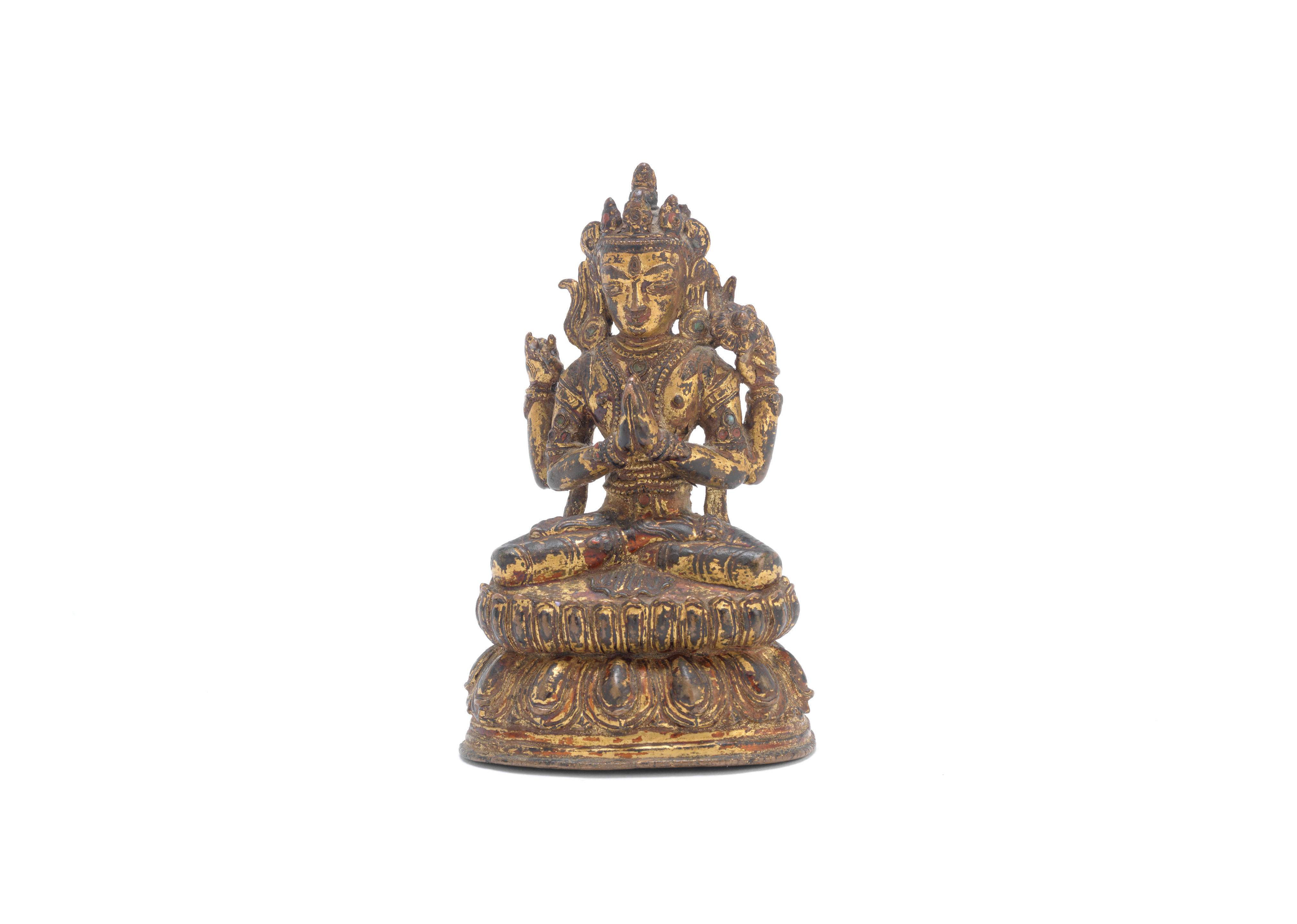
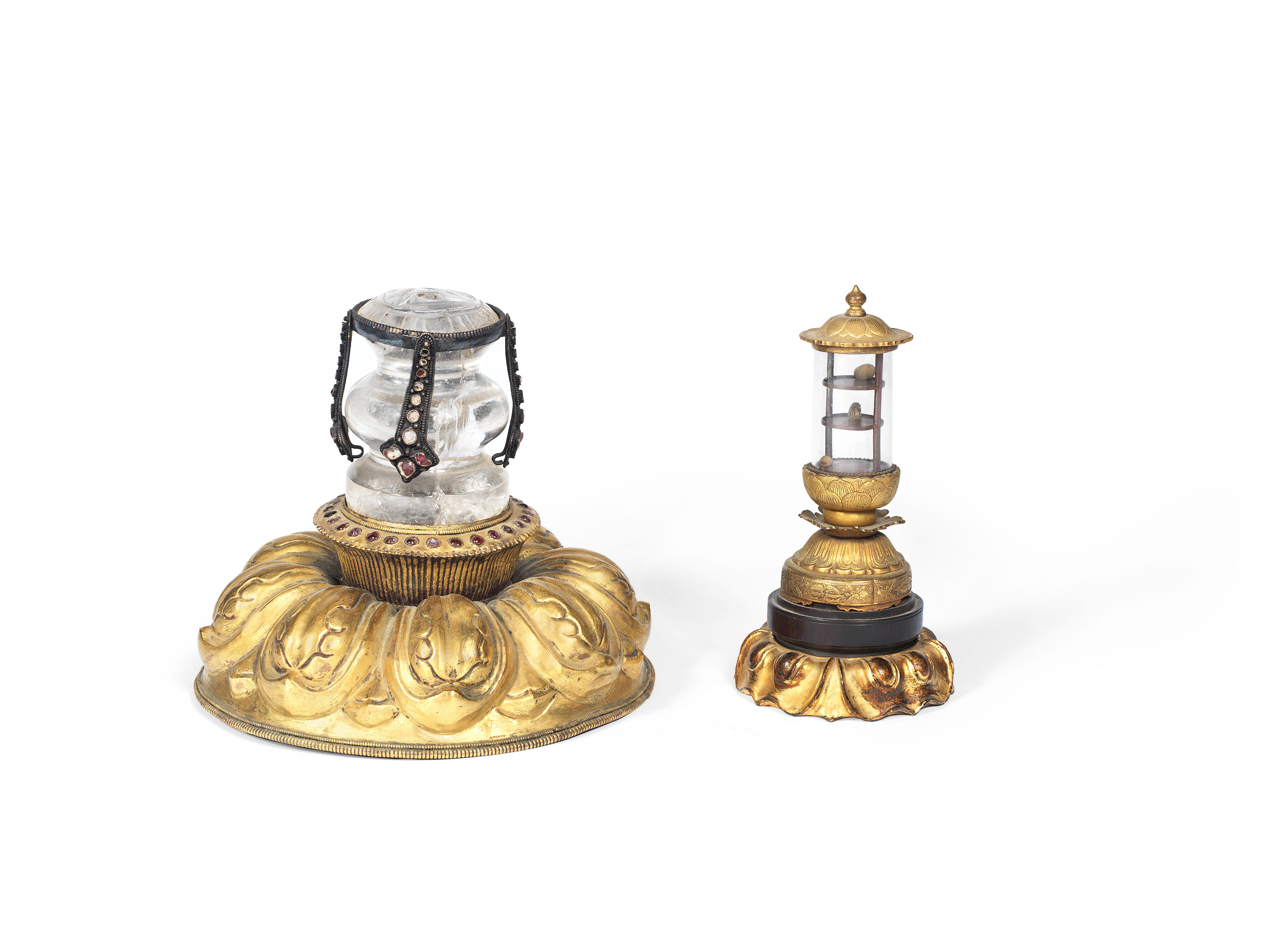
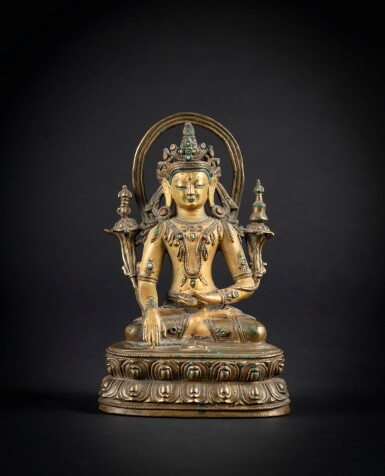
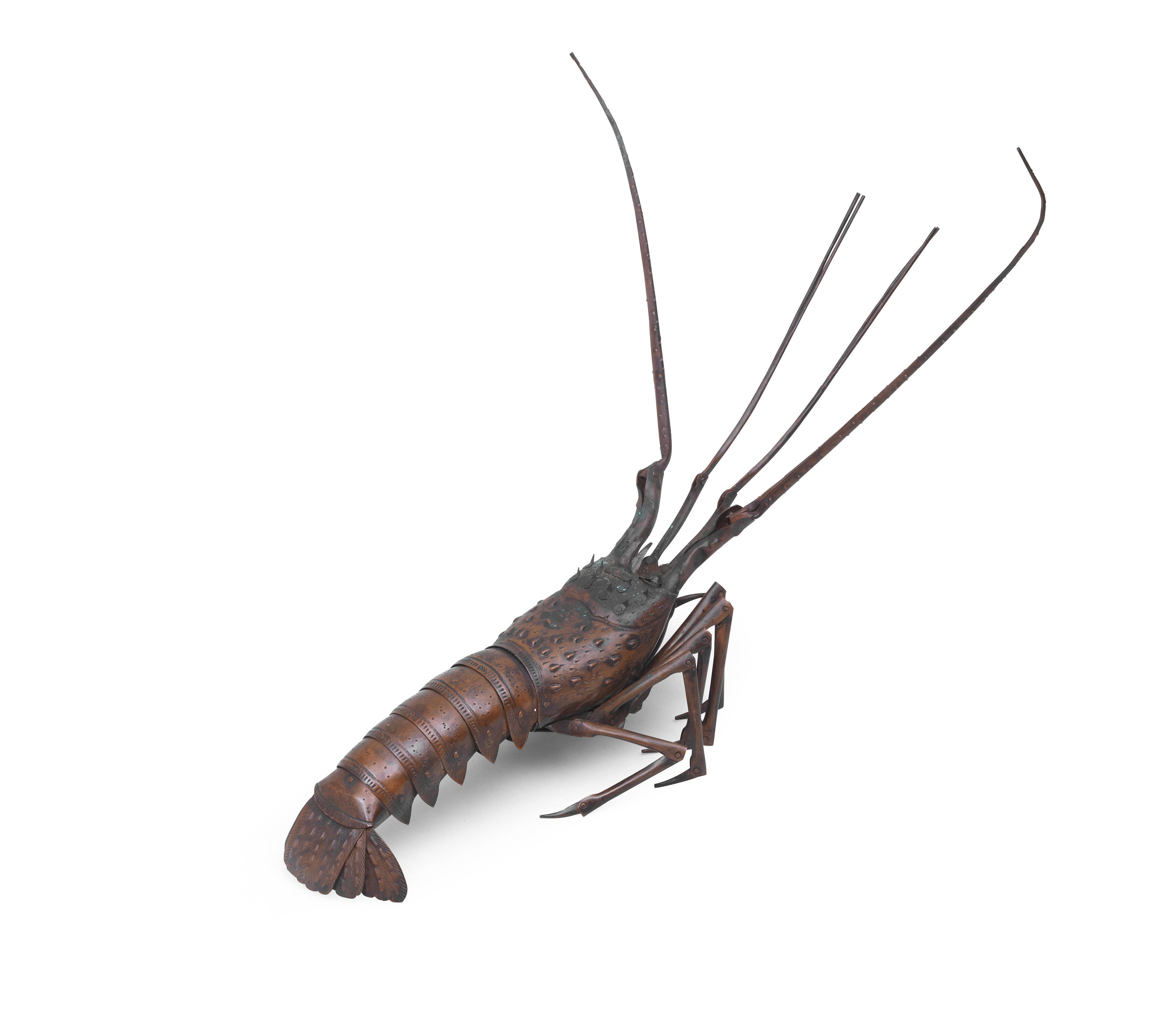
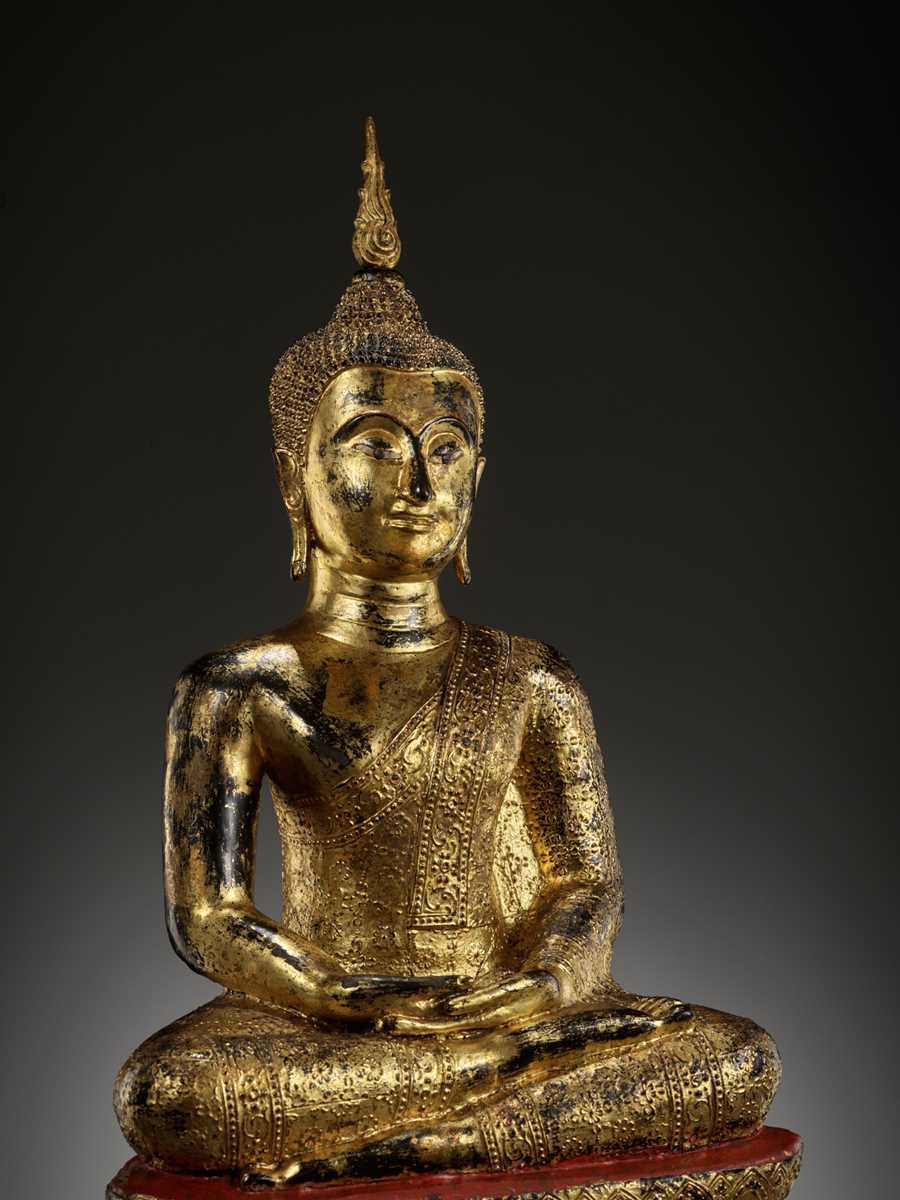



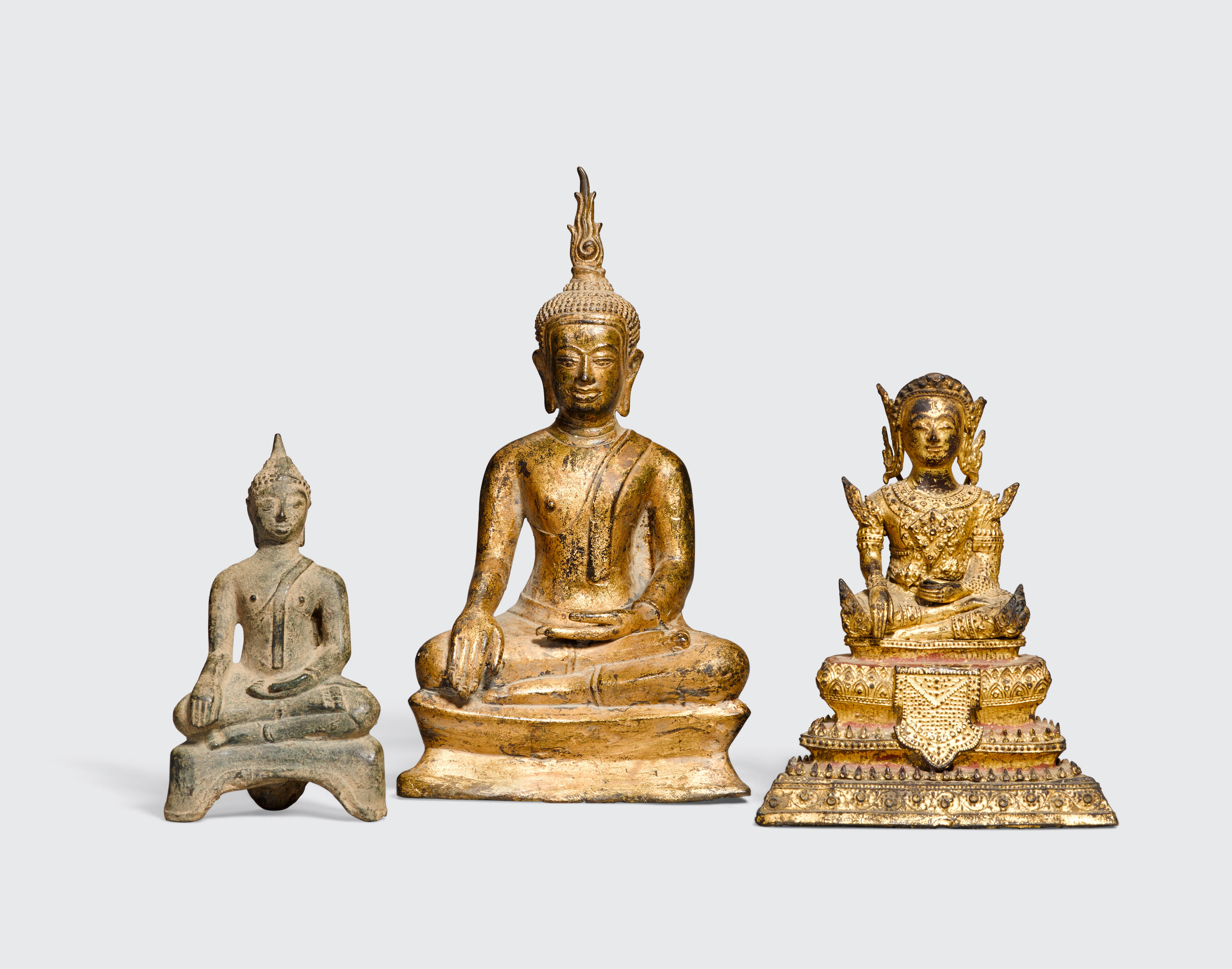

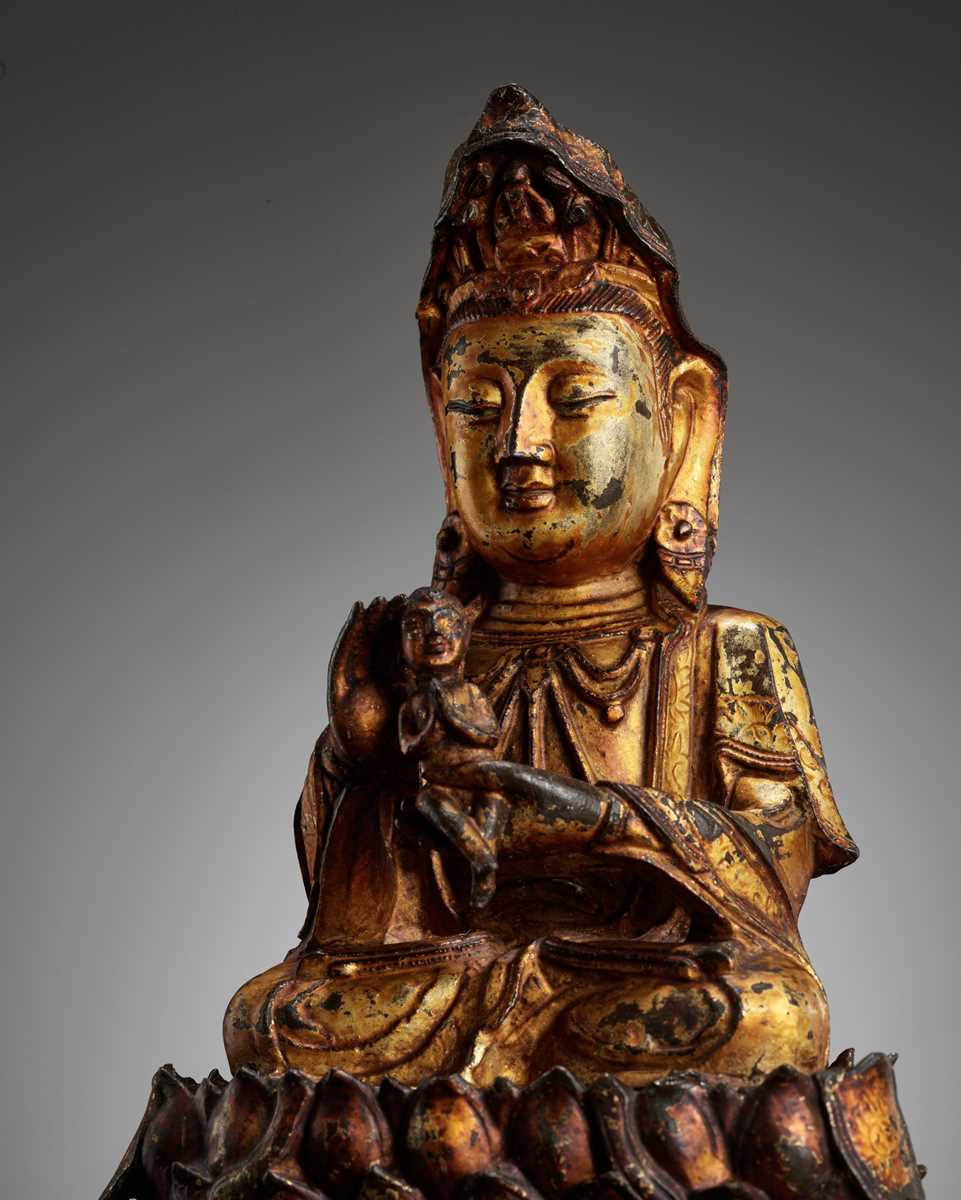
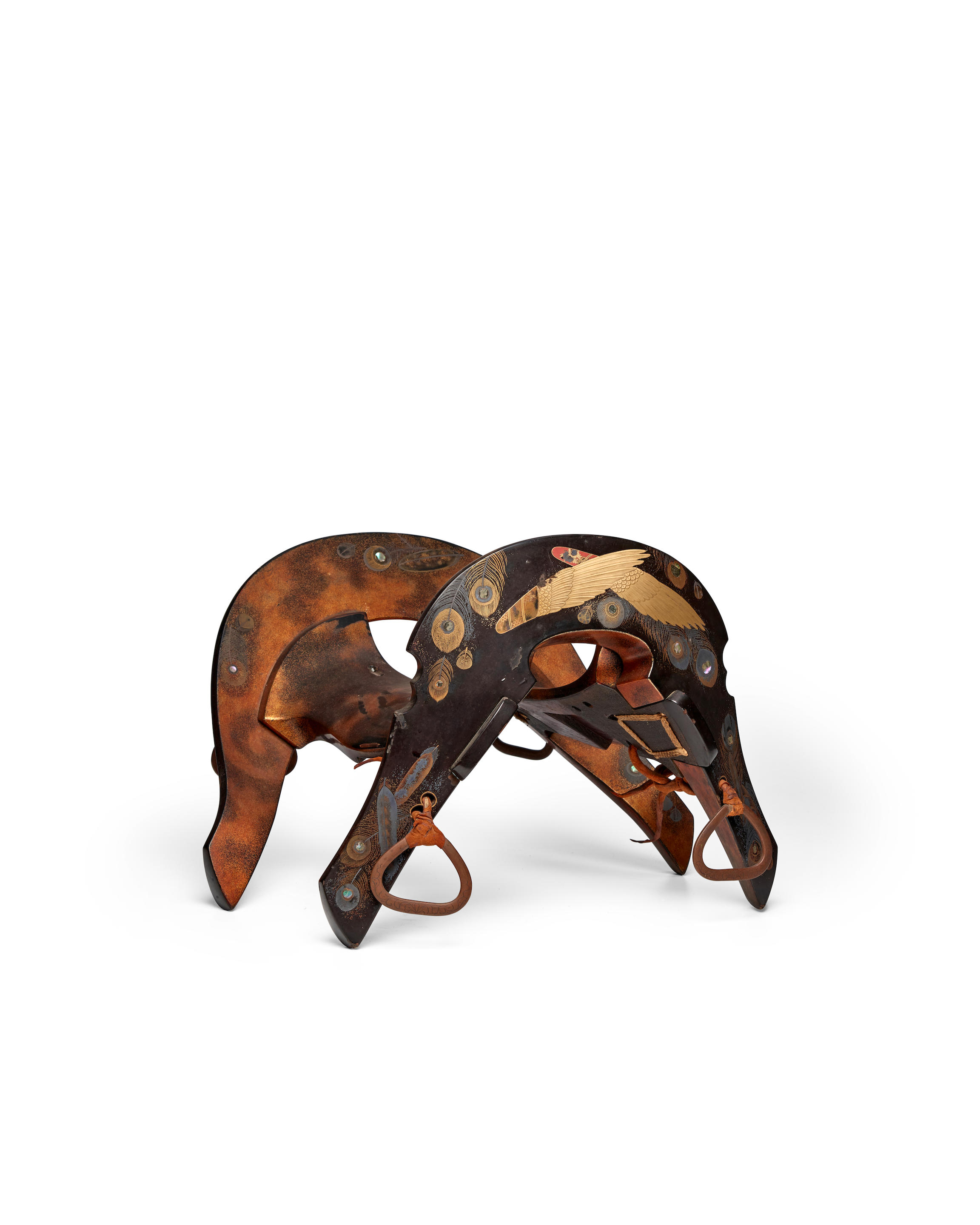


Testen Sie LotSearch und seine Premium-Features 7 Tage - ohne Kosten!
Lassen Sie sich automatisch über neue Objekte in kommenden Auktionen benachrichtigen.
Suchauftrag anlegen